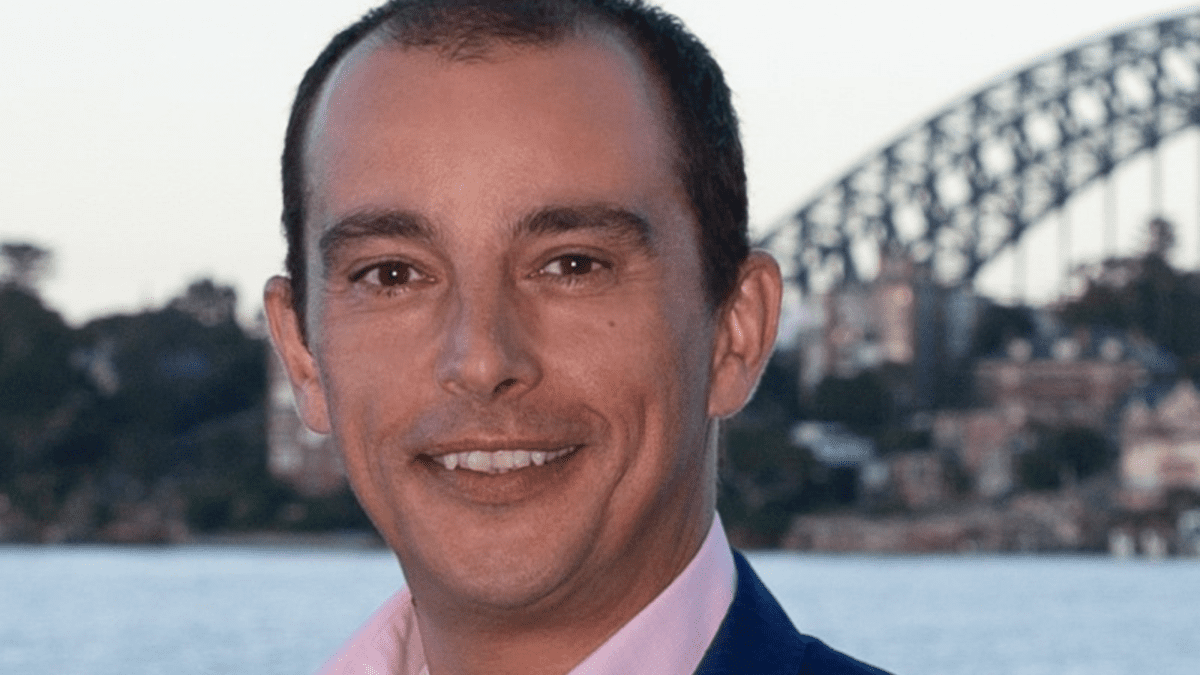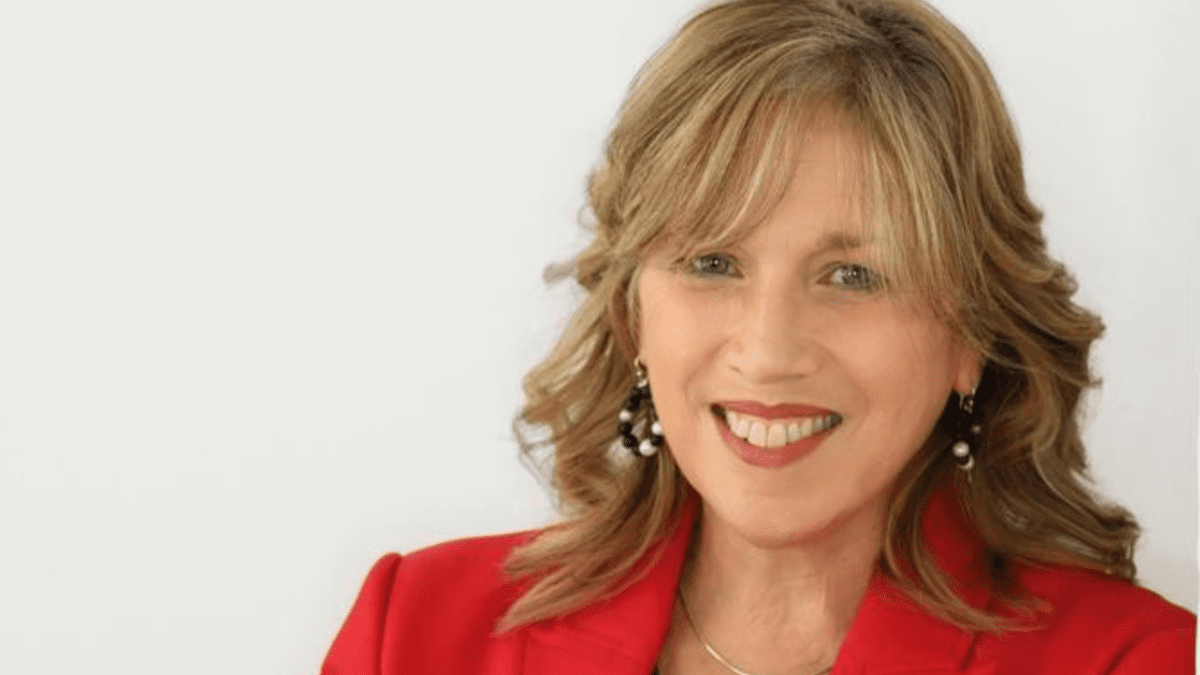The naked truth about fake news and how to recognise it
Fake news is a deeply troubling issue for society. But senior citizens, often not the most technically savvy people, are particularly vulnerable. Governments and businesses are regularly releasing statements to try and counter fake news that has no basis in truth. There is no better example of how destructive fake news can be than in some social media accounts of who was responsible for the recent tragic killings at Bondi Junction.
However, there are some simple and effective things that seniors can do to protect themselves from fake news online, with or without announcements from government and businesses. These include:
Examine the source: Before trusting or sharing any news story, it is important to check where it came from and who issued it. Some websites or social media accounts may look legitimate, but they may be run by criminals or political extremists wanting to spread propaganda, misinformation, or hoaxes. They are getting better and better at making their fake websites look real, but you can often identify them using the following indicators:
- The name and domain of the website. Is it familiar, reputable and professional? Does it end with a common suffix, such as .com or .org, or does it have a strange or misleading one?
- The ‘about us’ page. Does it provide clear and transparent information about the mission, vision and values of the website? Does it list the names, credentials, and contact details of the staff, editors and owners?
- The design and layout. Does it look polished, updated and user-friendly? Does it have clear and consistent navigation, spelling and grammar? Does it have ads, pop-ups or banners that are relevant, appropriate and non-intrusive?
Consider the quality of the content: A good news story should be based on facts, evidence and research and reflect journalistic ethics. A low-quality news story may be based on opinions, rumours or speculation and it may use sensationalism, bias or distortion to attract attention and influence emotions. To evaluate the quality of a news story, look for the following indicators:
- The headline and summary. Do they accurately and objectively reflect the main point and content of the story? Do they avoid using exaggerated, misleading or clickbait language, such as ‘You won’t believe what happened next’ or ‘This will shock you’?
- The body and structure. Do they provide clear and coherent information that answers the basic questions of who, what, when, where, why and how? Do they use relevant and reliable sources, such as experts, officials or eyewitnesses to support any claims or arguments? Do they cite or link to the original sources so that readers can verify the claims that the article is making for themselves?
- The tone and style. Do they use neutral and respectful language that is appropriate for the topic and audience? Do they avoid using emotional, inflammatory or offensive language such as insults, name-calling or stereotypes? The more ‘casual’ the tone the more likely the article is spreading lies.
Trace the information: Sometimes, a news story may not be false, but it may be incomplete, outdated or taken out of context. While not lies in this case, it still counts as fake news because it can create confusion, misunderstanding or misrepresentation of the facts and events. To avoid this, it is important to trace the information back to its original source and compare it with other sources. To trace the information, look for the following indicators:
- The date and time. When was the news story published or updated? Is it recent, relevant and timely or is it old, recycled or irrelevant?
- The origin and history. Where did the news story come from and how did it spread? Is it based on a primary source, such as a direct observation, interview or document or is it based on a secondary source, such as a report, analysis or commentary? Has it been edited, altered or manipulated in any way?
- Corroboration and confirmation. Do other reputable and independent sources confirm or contradict the news story? Do they provide more or different information, perspectives or opinions on the same topic?
Use fact-checking resources: Finally, if you are still not sure whether a news story is true or false, you can use fact-checking resources – websites, organisations or tools that specialise in verifying the accuracy and credibility of information. Some of the most popular and reliable fact-checking resources are:
Snopes: It’s one of the oldest and most trusted fact-checking websites. It covers a wide range of topics, such as politics, health, science and culture and it rates the claims and stories as true, false or mixed, based on its research and evidence.
FactCheck: It is a non-partisan and non-profit fact-checking website that focuses on US politics and public policy. It monitors the statements and actions of politicians, parties, groups and media outlets and it provides analysis, context and sources to verify or debunk them.
In short, you should be sceptical and curious. Don’t assume that something is true just because you like what the claim says, or that it feels true to you. One of the reasons that fake news is so effective is because often, the truth challenges and confronts us, while fake news is designed to pander to us. As such, you should always ask questions of any news story and look for answers, evidence and explanations before trusting or sharing anything online.









